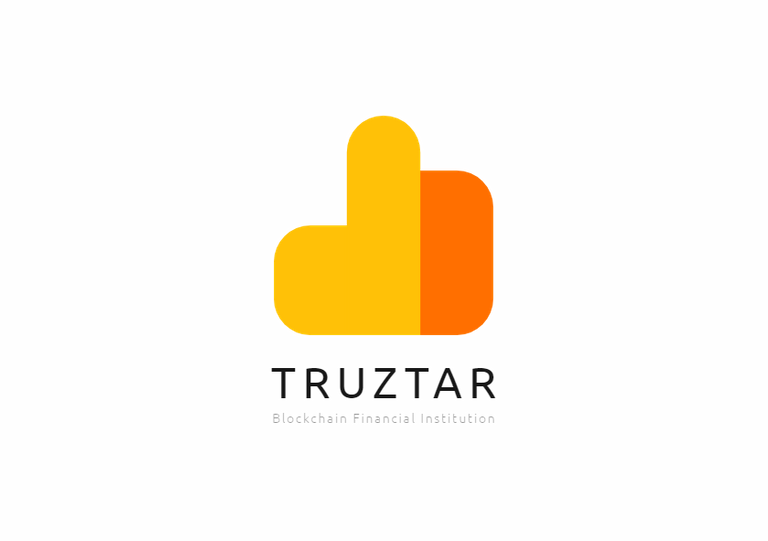How to invest in mutual funds via blockchain

Learn how to invest in mutual funds such as stocks, bonds, cryptocurrencies, futures and options via the Truztar blockchain.

WHAT IT IS:
Mutual funds are open-ended investment companies that pool investors' money into a fund operated by a portfolio manager. This manager then turns around and invests this large pool of shareholder money in a portfolio of various assets, or combinations of assets.
HOW IT WORKS:
Mutual funds may include investments in stocks, bonds, options, futures, currencies, treasuries and money market securities. Depending on the stated objective of the fund, each will vary in regard to content and risk.
Funds issue and redeem shares on demand at the fund's NAV, or net asset value. Mutual fund management fees typically range between 0.5% and 2% of assets per year, but 12b-1 fees, exchange fees and other administrative charges also apply.
There are several different types of mutual funds you should be aware of:
1. Closed-End Mutual Funds:
Closed-end mutual funds issue a fixed number of shares to the investing public and usually trade on the major exchanges just like corporate stocks. Closed-end funds often invest in a particular sector, a specific industry, or a certain country.
2. Open-End Mutual Funds:
Open-end mutual funds stand ready to issue and redeem shares on a continuous basis. Shareholders buy the shares at net asset value (NAV) and can redeem them at the current market price.
3. Load Funds:
The term "load" refers to the sales charge paid by an investor who purchases shares in a mutual fund. When the sales charge is imposed at the time of purchase, this is known as a front-end load. Conversely, back-end loads represent charges that are assessed when the investor eventually sells the fund.
4. No Load Funds:
A No Load Fund is sold without a sales charge.
Additionally, a given mutual fund will issue different classes of its shares to investors. The most common variations of share classes for load mutual funds are front-load A shares, back-end load B shares, and level-load C shares.
1. Class A Shares:
A mutual fund's A Shares charge a front-end load at the time of purchase. This is a sales fee that is charged as a percentage of the total investment and is used to compensate the financial representative who sells the fund. The amount of the front-end load is subtracted from the original investment. For example: If an investor places $10,000 in a mutual fund with a front-end load of 2%, then the total sales charge would be $200. The remaining $9,800 will go toward the purchase of shares in the fund. A shares may also impose an asset-based sales charge. Investors do not pay these charges directly. Instead, they are taken from the fund's assets. The fund then uses these fees to market and distribute its shares. The 12b-1 fee, which can equal a maximum of 0.25% per year, is an example of an asset-based sales charge.
2. Class B Shares:
B Shares charge back-end loads. When an investor purchases the B shares of a mutual fund, the sales charge is deferred until the fund is sold. This deferred load usually decreases each year. B shares typically charge a higher asset-based sales charge than Class A Shares. For example: The B shares of a mutual fund may carry a 5% load if shares are sold within the first year. This back-end load of 5%, however, could be reduced by 1 % every year, until it is eliminated in the 5th year. Some B shares automatically convert to A shares after a specified period of time, which reduces the 12b-1 fees.
3. Class C Shares:
Class C shares typically do not impose a front-end load, but will often charge a nominal fee if the shares are sold within one year. Class C shares often impose a high asset-based sales charge, but will not convert to A shares when the load reverts to zero.
WHY IT MATTERS:
It is an important for an investor to consider mutual funds among their investment opportunities. Just as with any investment, the pros and cons must be compared.
Advantages of investing in mutual funds include:
- Professional management
- Investment diversification
- Liquidity
- Explicit investment goals
- Simple reinvestment programs
Disadvantages:
- Many funds charge hefty fees, leading to lower overall returns.
- Over time, statistics have shown that most actively managed funds tend to underperform their benchmark averages.
- Mutual funds cannot be bought or sold during regular trading hours, but instead are priced just once per day.
